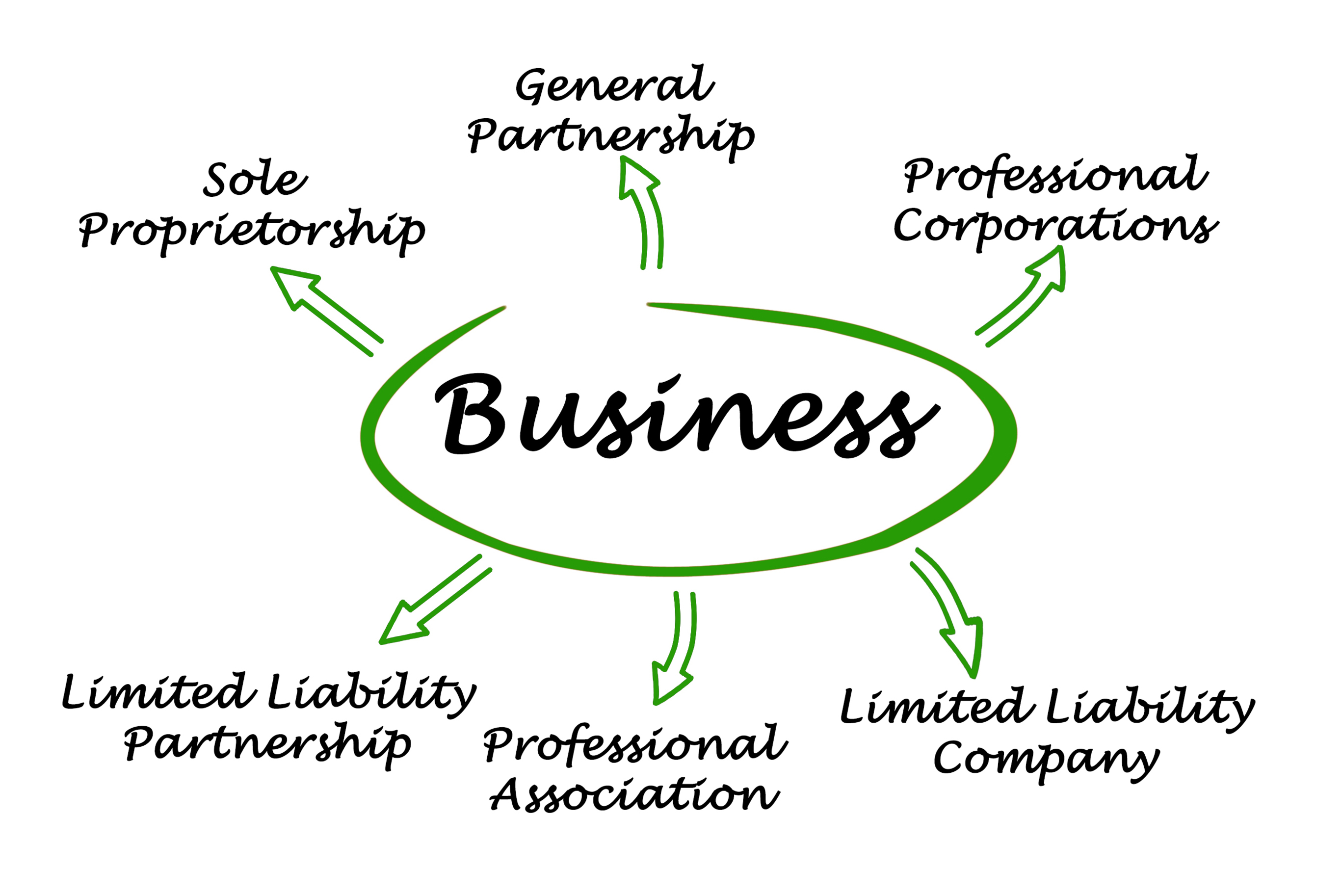Concept 22: Business Organizations
Overview: Ever wanted to start your own business? This lesson explains a few different ways you can set it up.
Learn
Beginner

Businesses can be organized and structured in a variety of ways. Three of the most common types are sole-proprietorships, partnerships and corporations.
A sole-proprietorship is a business owned by a single person where there is no legal separation between the person and the business. A freelance writer, an accountant, a tutor, or a lawncare service might decide to set up as a sole-proprietorship.
A partnership, as you might have guessed, is a business owned by two or more people who agree to share in the costs, profits and losses of the business. Law firms, dentists’ offices and event promoters are often set up as partnerships. A firm owned by a married couple can be set up as either a sole-proprietorship or a partnership.
A corporation is a business where the company is legally separated from the people who own and operate it. This protects the individuals and their personal assets from losses related to the business, also known as limited liability. Most large businesses like Coca-Cola, Disney and Apple are corporations, but individuals can incorporate their businesses as well.
Each type of business comes with pros and cons, which are described in the next section.
Intermediate

Of all the benefits and drawbacks listed below, it is usually liability that causes businesses to incorporate. Liability means being legally responsible for things like physical harm to customers and financial losses. Liability is different for each type of business organization. A partial list of benefits and drawbacks of each type of organization is listed here:
Sole-proprietorship
- Benefits: access to all profits, quicker decision-making, flexibility, easier to start, generally lower taxes, “be your own boss”
- Drawbacks: unlimited legal liability, limited lifespan, difficult to specialize or attract talent, limited access to funds
Partnership
- Benefits: potential specialization, increased size/scope, may limit liability depending on structure of partnership, easier access to capital
- Drawbacks: potential for conflict, division of profits, may still have unlimited liability
Corporation
- Benefits: limited liability, access to larger pool of capital, can continue to exist after the owners’ death
- Drawbacks: income is taxed at both the business and individual level (double taxation), increased potential for conflict, difficult to start, greater government oversight, founder has less control
Advanced

While these three categories are a good introduction to business organizations, in real life the concept is much more complicated. There limited-liability partnerships, general partnerships, limited partnerships, S-corporations, limited liability corporations, non-profit corporations, etc. Furthermore, within each state or city in the United States there are different rules and regulations involving how these entities may raise capital, how they are taxed and the kinds of reports they are required to file. If you decide to start a business, it is a good idea to speak with a business attorney in your state to help you make the best decisions.
Click a reading level below or scroll down to practice this concept.
Practice
Assess
Below are five questions about this concept. Choose the one best answer for each question and be sure to read the feedback given. Click “next question” to move on when ready.
Social Studies 2024
Compare and contrast three forms of business organization—sole proprietorship, partnership, and corporation with regards to number of owners, liability, lifespan, decision-making, and taxation.











